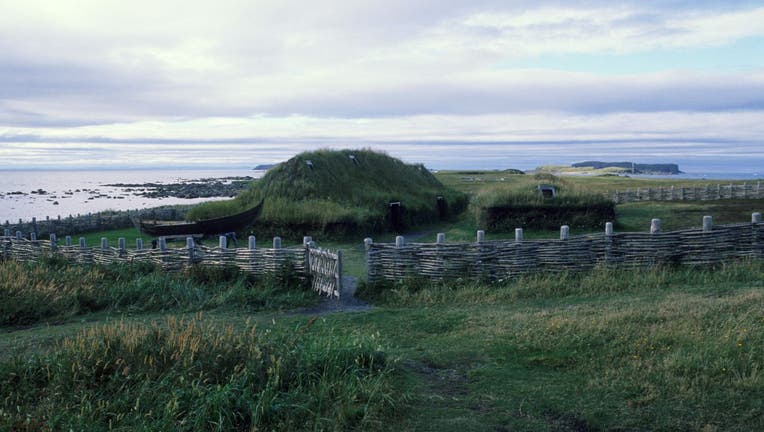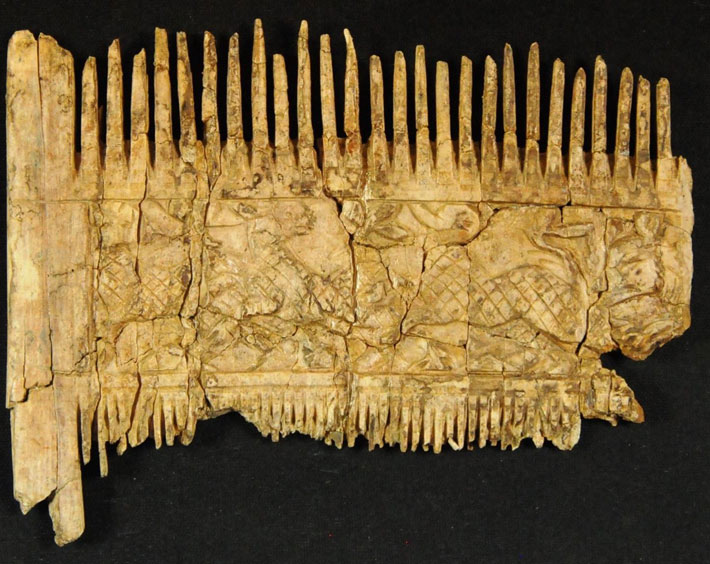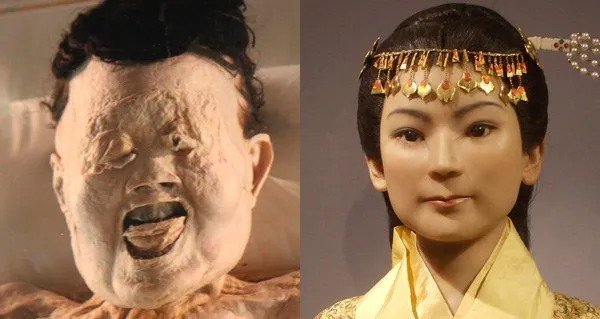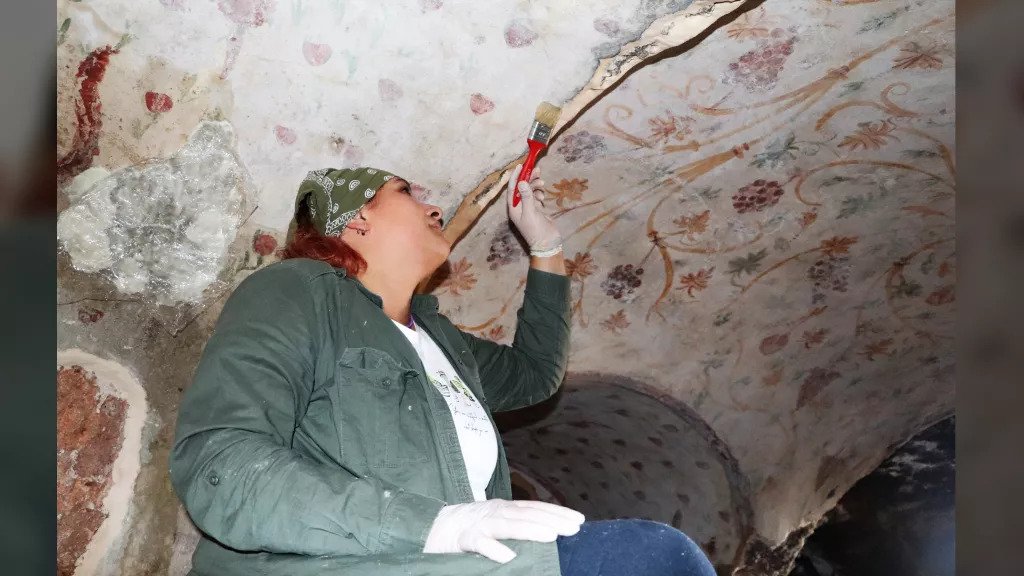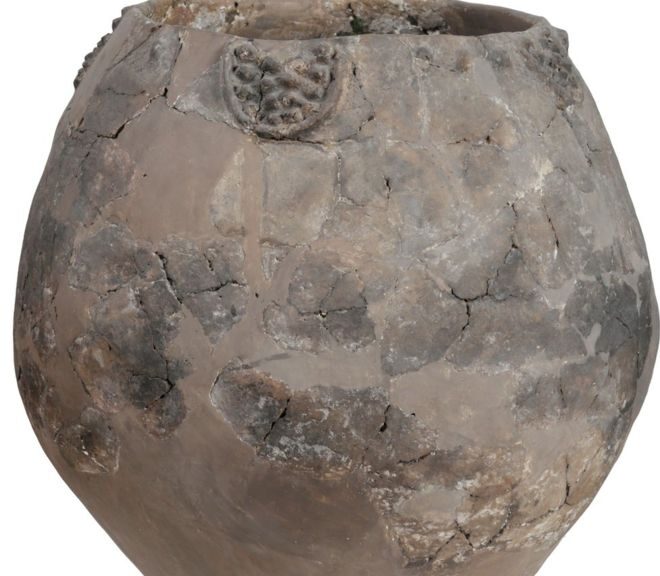Vikings were in North America in 1021, researchers say
Vikings from Greenland — the first Europeans to arrive in the Americas — lived in a village in Canada’s Newfoundland exactly 1,000 years ago, according to research published Wednesday.
Scientists have known for many years that Vikings — a name given to the Norse by the English they raided — built a village at L’Anse aux Meadows in Newfoundland around the turn of the millennium. But a study published in Nature is the first to pinpoint the date of the Norse occupation.
The explorers — up to 100 people, both women and men — felled trees to build the village and to repair their ships, and the new study fixes a date they were thereby showing they cut down at least three trees in the year 1021 — at least 470 years before Christopher Columbus reached the Bahamas in 1492.
“This is the first time the date has been scientifically established,” said archaeologist Margot Kuitems, a researcher at the University of Groningen in the Netherlands and the study’s lead author.
“Previously the date was based only on sagas — oral histories that were only written down in the 13th century, at least 200 years after the events they described took place,” she said.
The first Norse settlers in Greenland were from Iceland and Scandinavia, and the arrival of the explorers in Newfoundland marks the first time that humanity circled the entire globe.
But their stay didn’t last long. The research suggests the Norse lived at L’Anse aux Meadows for three to 13 years before they abandoned the village and returned to Greenland.

The archaeological remains are now protected as a historic landmark and Parks Canada has built an interpretive centre nearby. It’s listed as a World Heritage Site by UNESCO.
The scientific key to the exact date that the Norse were there is a spike in a naturally radioactive form of carbon detected in ancient pieces of wood from the site: some cast-off sticks, part of a tree trunk and what looks to be a piece of a plank. Indigenous people occupied L’Anse aux Meadows both before and after the Norse, so the researchers made sure each piece had distinctive marks showing it was cut with metal tools — something the indigenous people did not have.
Archaeologists have long relied on radiocarbon dating to find an approximate date for organic materials such as wood, bones and charcoal, but the latest study uses a technique based on a global “cosmic ray event” — probably caused by massive solar flares — to determine an exact date.

Previous studies have established there was such a cosmic ray event in the year 993 that for a few months caused greater than usual levels of radioactive carbon-14 in the carbon dioxide of the atmosphere.
Trees “breathe” carbon dioxide as they grow, and so the researchers used that radioactive carbon signature to determine which of the annual growth rings seen in cross-sections of the wood was from 993, Kuitems said.
They then used a microscope to count the later growth rings until the bark of the wood, which gave them the exact year the tree had stopped growing — in other words, when it had been felled by the Norse.
To their surprise, each of the three pieces of wood they tested was from a tree cut down in 1021, although they were from three different trees — two firs and probably one juniper.
The researchers can’t tell if the date of 1021 was near the beginning of the end of the Norse occupation, but they expect further research on other wood from the site will expand the range of dates, Kuitems said.
The Norse voyages to Newfoundland are mentioned in two Icelandic sagas, which indicate L’Anse aux Meadows was a temporary home for explorers who arrived in up to six expeditions.
The first was led by Leif Erikson, known as Leif the Lucky — a son of Erik the Red, the founder of the first Norse settlement in Greenland.
L’Anse aux Meadows, too, was expected to be a permanent settlement, but the sagas indicate it was abandoned due to infighting and conflicts with indigenous people, whom the Norse called skræling — a word that probably means “wearers of animal skins.”
The sagas refer to the entire region as Vinland, which means “Wineland” — supposedly because it was warm enough for grapes used for wine to grow.
Since Newfoundland itself was then too cold for grapes, the name suggests the Norse also explored warmer regions further south, and pieces of exotic wood found at the site also indicate that Kuitems said.
The use of an ancient cosmic ray event to exactly date pieces of wood is a relatively new development, and similar techniques are being used to establish firm dates at other sites, said Sturt Manning, a professor of archaeology at Cornell University, who was not involved in the new study.
“It’s a clever application,” he said. “This is the first clear evidence of Europeans arriving in North America.”
